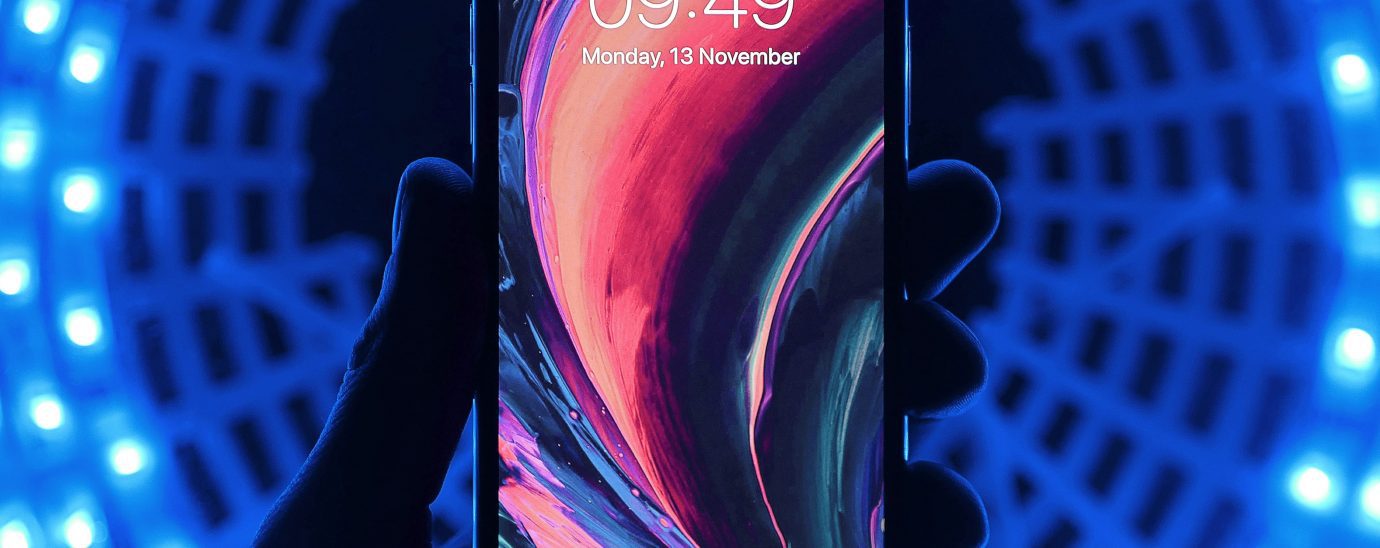5G and its relationship with IoT

We hear from David Beaumonte Arbues, Product Manager (IoT & Embedded Products) at Canonical about 5G and its relationship with IoT
There is no question that 5G will become central to how businesses and societies operate in the future, with the shift being likened to moving from a typewriter to a computer. With the combination of both 5G and the Internet of Things (IoT), we will see a huge number of business applications brought to life.
With that said, the future success of the technologies is ultimately co-dependent on each other. A 2022 study from EY said enterprises’ poor understanding of 5G’s relationship to other emerging technologies is the biggest internal challenge, cited by 43% of respondents. What this tells us is that businesses are now beginning to recognize that there is a critical need to better understand 5G’s relationship to the likes of the IoT, in order to reap its benefits.
The promises of 5G are finally being realized
For years now, we’ve been hearing about 5G’s promises, but businesses are now realizing the benefits as the technology has begun to finally materialize. The global 5G IoT market size was valued at $1.4 billion in 2020 and is projected to reach $111.2 billion by 2028, according to Verified Market Research. As the world enters a new age of hyperconnected IoT, there is a growing need for bandwidth to service workloads. After all, smarter products use the network in new and demanding ways. Devices at the edge are no longer minor sensors, but advanced computers in their own right that are used across autonomous vehicles, industrial gateways, self-learning robots, drones, and everything in between.

For most people, 4G allows us to do everything we want most of the time. Generally, we can answer emails, stream podcasts and speak to colleagues and friends over a cellular network. The power of 5G can be seen in its increased capacity and reduced latency. 5G will be the most reliable means of processing compute workloads and the benchmark for supporting more advanced technologies.
IoT and 5G can enable innovation, together
With these capabilities in mind, 5G’s reliability opens up a seemingly infinite number of new use cases for IoT. Data collected at the edge can be understood and acted on in near real-time. Multigigabit-per-second speeds and one-millisecond latency times will ensure more data than ever can be quickly and easily collected and analyzed, overlaying increased intelligence into every device at the edge.
This will have a large impact across many industries. For example, autonomous vehicles remain one of the most talked-about examples of this, with data collected from a vast array of sensors including speed, braking and rain gauges, GPS, and external cameras. With the advent of 5G, this information will become indispensable. As businesses and cities overlay other technologies – such as artificial intelligence and machine learning – onto the real-time data outputs, it will revolutionize how we act and move on a day-to-day basis. Improving traffic flows, identifying manufacturing defects automatically, and supporting passenger safety can all be realized through the harmony of 5G, IoT, and cloud infrastructure.
It is not impossible to imagine other connected devices expanding the future driving experience as well. Examples include experimental biometric chips, which allow communication between humans and vehicles, to AR windows that visually transport those travelling long distances to their destination. The power of these technologies could transform the face of many businesses, particularly in the automotive industry.
5G and IoT can protect businesses through stronger security
5G capabilities will also enable new types of security services, supporting businesses in this new age of hybrid work. The software can now support ongoing device health checks, particularly when coupled with the increased bandwidth of 5G, allowing system and application updates and rollbacks to flow in a timely manner. These functions can future-proof connected devices with a next-generation connection by allowing updates and rollbacks when people are away from the office.
5G is expected to roll out over a radio frequency like previous iterations, but other mediums have been touted in order to bring an extra layer of security to the network. Take Li-Fi, a wireless communication technology that utilizes light to transmit data and position between devices, which is starting to gain some attention as an emerging IoT offering. What this means is that it can safely unlock the potential of IoT. By transmitting data over light instead of radio waves, Li-Fi could ensure the validity and security of the connected office, with IoT devices only able to access the network when in direct contact with the light signal.
The use of Li-Fi shows how 5G can maximize speed and capacity without the added security risks. Smart offices, for example, could be almost unrecognizable with secure connected devices at their hearts — constantly evolving layouts and concept themes with their connected building application ecosystems all being controlled by real-time data.
It’s no secret that IoT and 5G will be mutually dependent and reinforcing, and we’re seeing a gold rush as mobile operators look to take advantage and reap the business benefits. Vodafone, for example, recently partnered with Canonical to lay the building blocks for future 5G rollout, and enhance its network’s edge compute capabilities. Take into account that 5G also supports network slicing – the ability to create multiple virtual networks on top of one platform – and you have a technology that allows for greater interdependence and support for diverse use cases. 5G will create a wealth of opportunities for businesses across the board, but combined with IoT, the use cases are endless.